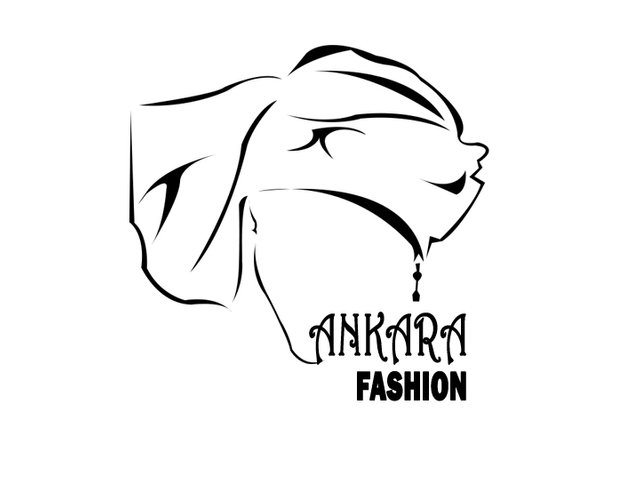What is Creativity? (And why is it a crucial factor for business success?)
 Defining Creativity and Innovation
Defining Creativity and Innovation
Creativity is the act of turning new and imaginative ideas into reality. Creativity is characterised by the ability to perceive the world in new ways, to find hidden patterns, to make connections between seemingly unrelated phenomena, and to generate solutions. Creativity involves two processes: thinking, then producing.
"If you have ideas but don't act on them, you are imaginative but not creative".
“Creativity is a combinatorial force: it’s our ability to tap into our ‘inner’ pool of resources – knowledge, insight, information, inspiration and all the fragments populating our minds – that we’ve accumulated over the years just by being present and alive and awake to the world and to combine them in extraordinary new ways.” — Maria Popova, Brainpickings
“Creativity is the process of bringing something new into being. Creativity requires passion and commitment. It brings to our awareness what was previously hidden and points to new life. The experience is one of heightened consciousness: ecstasy.” – Rollo May, The Courage to Create
Is this possible in business? I believe so, but you have to be willing to take risks and progress through discomfort to get to the finish line.
“A product is creative when it is (a) novel and (b) appropriate. A novel product is original not predictable. The bigger the concept, and the more the product stimulates further work and ideas, the more the product is creative.”
—Sternberg & Lubart, Defying the Crowd
What is Innovation?
Innovation is the implementation of a new or significantly improved product, service or process that creates value for business, government or society.
Some people say creativity has nothing to do with innovation— that innovation is a discipline, implying that creativity is not. Well, I disagree. Creativity is also a discipline and a crucial part of the innovation equation. There is no innovation without creativity. The key metric in both creativity and innovation is value creation.
Overcoming myths about creativity:
Beliefs that only special, talented people are creative (and you have to be born that way) diminish our confidence in our creative abilities. The notion that geniuses such as Shakespeare, Picasso, and Mozart were `gifted’ is a myth, according to a study at Exeter University. Researchers examined outstanding performances in the arts, mathematics, and sports, to find out if “the widespread belief that to reach high levels of ability a person must possess an innate potential called talent.”
The study concludes that excellence is determined by:
opportunities
encouragement
training
motivation, and
most of all, practice.
“Few showed early signs of promise prior to parental encouragement.” No one reached high levels of achievement in their field without devoting thousands of hours of serious training. Mozart trained for 16 years before he produced an acknowledged masterwork. Moreover many high performers achieve levels of excellence today that match the capabilities of a Mozart, or a Gold Medallist from the turn of the century.
Fostering Creativity at Work: Rules of the Garage:
Follow these simple rules and you will foster a culture of creativity and innovation: These were defined by HP, which in fact started in a garage.
Believe you can change the world.
Work quickly, keep the tools unlocked, work whenever.
Know when to work alone and when to work together.
Share – tools, ideas. Trust your colleagues.
No politics. No bureaucracy. (These are ridiculous in a garage.)
The customer defines a job well done.
Radical ideas are not bad ideas.
Invent different ways of working.
Make a contribution every day. If it doesn’t contribute, it doesn’t leave the garage.
Believe that together we can do anything.
